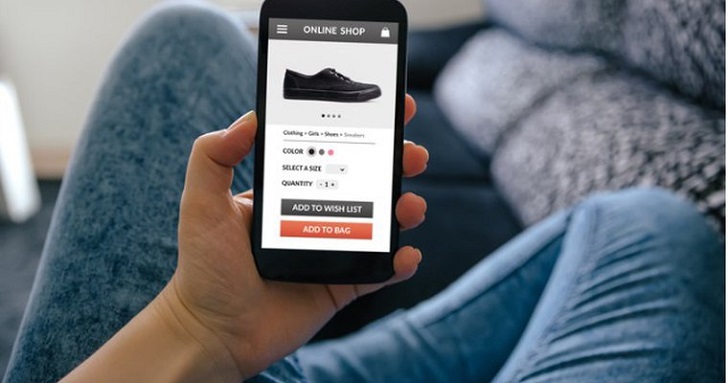If you're a retail marketer posting your social media messages haphazardly, you might be missing out on prime opportunities to turn potential customers into successful checkout cart transactions.
The timing of your posts can make or break your engagement and conversion rates. Let's dive into the insights provided by Sprout Social's report on the best times to post on social media and how these insights can empower your retail strategies.
Sprout Social's Data-Driven Approach
Sprout Social, a prominent social media analytics company, recently unveiled its report titled "2023 Best Times to Post on Social Media." This comprehensive report not only pinpoints the optimal and less-than-optimal times to post across various platforms like Facebook, Instagram, and TikTok but also delves into industry-specific data tailored for retail marketers.
The insights from this report are derived from a vast dataset collected from 2,000 entrepreneurs, brands, and businesses spanning different scales. These participants utilized Amazon's global retail platform, providing a wealth of data for analysis.

iStock/ Pixabay | To develop an effective social retail strategy, you need to track how customers engage with your brand on social media
Decoding Engagement
The dataset analyzed by Sprout Social spans the period from December 1, 2022, to January 3, 2023. It comprises a staggering 2 billion social engagements and explores usage patterns across 400,000 social profiles, drawing insights from Sprout Social's customer base of over 34,000.
As retail marketers, you'll be pleased that the research offers more than just optimal posting times within Amazon's realm. Two essential takeaways have emerged, as emphasized by Rachael Goulet, the Director of Social Media at Sprout Social:
Evolution of the Digital Landscape:
Social media is evolving rapidly. This dynamic landscape demands adaptive strategies from marketers to effectively connect with their target audiences.
Platform-Specific Benefits:
Different social media platforms offer distinct benefits based on your brand's objectives, content type, and audience. The tailored approach to each platform can yield exceptional results.
Choosing the Right Moments
If you've been wondering when to unleash your captivating posts, here's the scoop: Across the board, the peak engagement times are concentrated on Tuesdays, Wednesdays, and Thursdays, typically from 9 a.m. to noon. This midweek morning sweet spot holds for various platforms, including Facebook, Instagram, Twitter, and LinkedIn.
However, Pinterest and TikTok reveal a different trend, with heightened engagement in the afternoons. It's important to note that the nuance within these stats is substantial. Engagement levels fluctuate across different days of the week and at various times throughout those days. Moreover, specific industries like consumer goods experience their unique peak engagement periods.
Understanding this landscape shift is crucial. The entire customer journey unfolds on social media, with mounting expectations for brands to be present. Brands that meet these expectations will undoubtedly provide competitive experiences.
Shifting Peak Engagement Hours
A noticeable shift in peak engagement times across platforms has transpired compared to previous years. The report highlights that engagement now gravitates toward general business hours. Specifically, the optimal posting windows are Mondays through Thursdays from 8 a.m. until early afternoon. Even Twitter has witnessed a change, with peak engagement times shifting to late mornings and midday weekdays.
This shift aligns remarkably well with the consumer goods industry, which has seen a consistent rise in social media interactions throughout the week. For instance, Facebook registers steady activity starting at 7 a.m., while Instagram peaks on Thursdays at 2 p.m. and Tuesdays at 10 a.m.
This trend reflects that consumers no longer merely seek entertainment during social media interactions. Instead, they engage actively during peak business hours. This change parallels the surge in social commerce and the quest for brand connection and discovery through social platforms.

Andrea Piacquadio/ Pexels | A well-timed post is like a whisper in a crowded room; it captures attention amidst the noise
Leveraging Social Commerce in Changing Times
Marketers must discern evolving consumer behavior to optimize strategies as economic conditions shift and media options expand. This holds particularly true in the face of economic constraints. Knowing when NOT to post can guide data-driven decisions, facilitating engagement during opportune moments.
E-commerce retailers should also factor in the impact of current economic conditions on various industries. The consumer goods sector, for example, has witnessed a rebound in consumer spending, with a notable 18% increase in U.S. consumer spending in March 2022 compared to the previous two years.
Remarkably, social media engagement has surged alongside this increase in spending habits. This presents a new realm of opportunities for marketers to navigate challenging economic scenarios.


